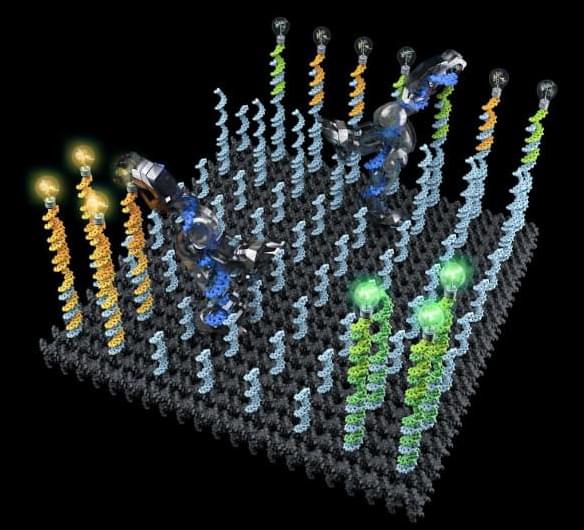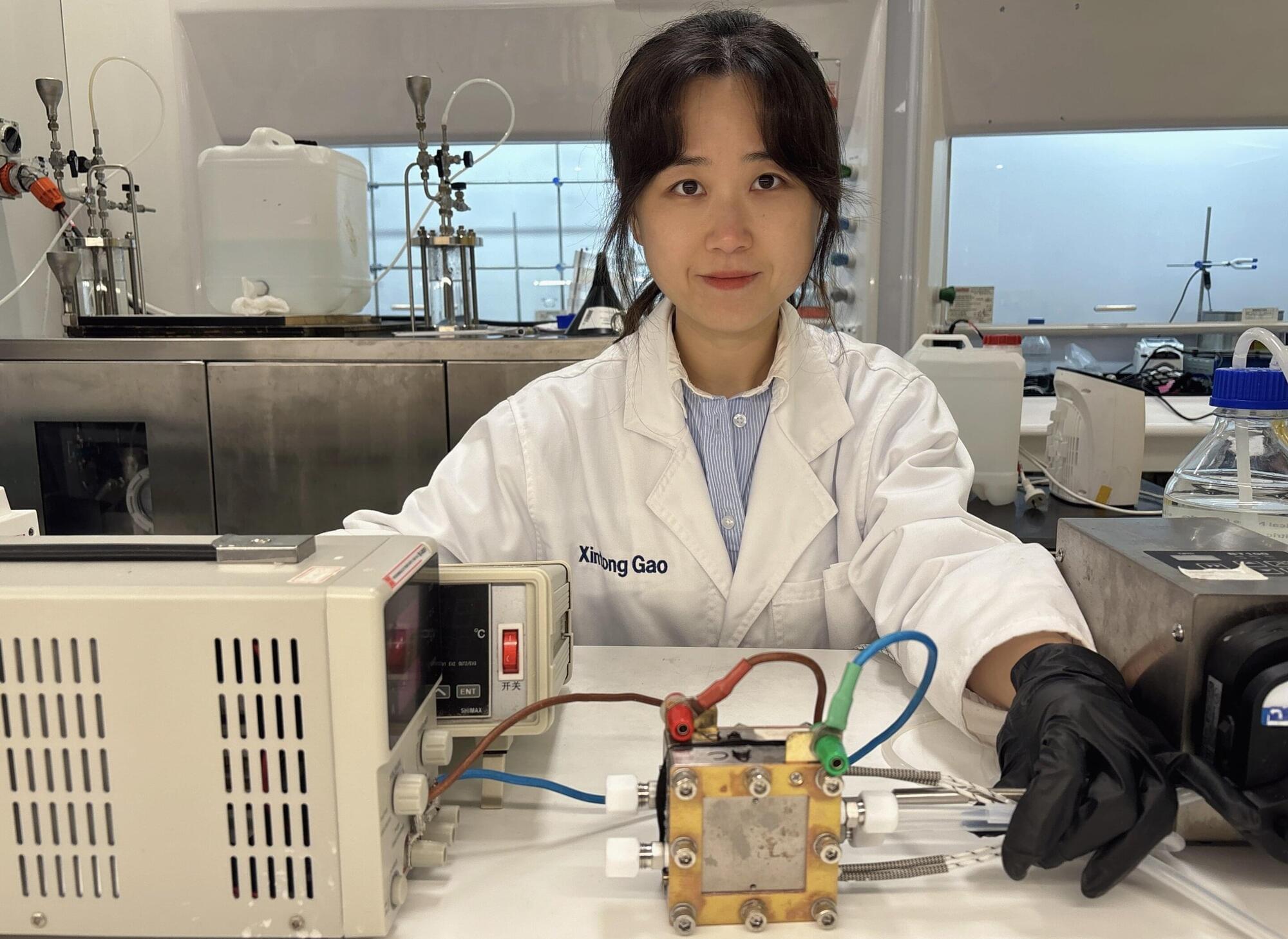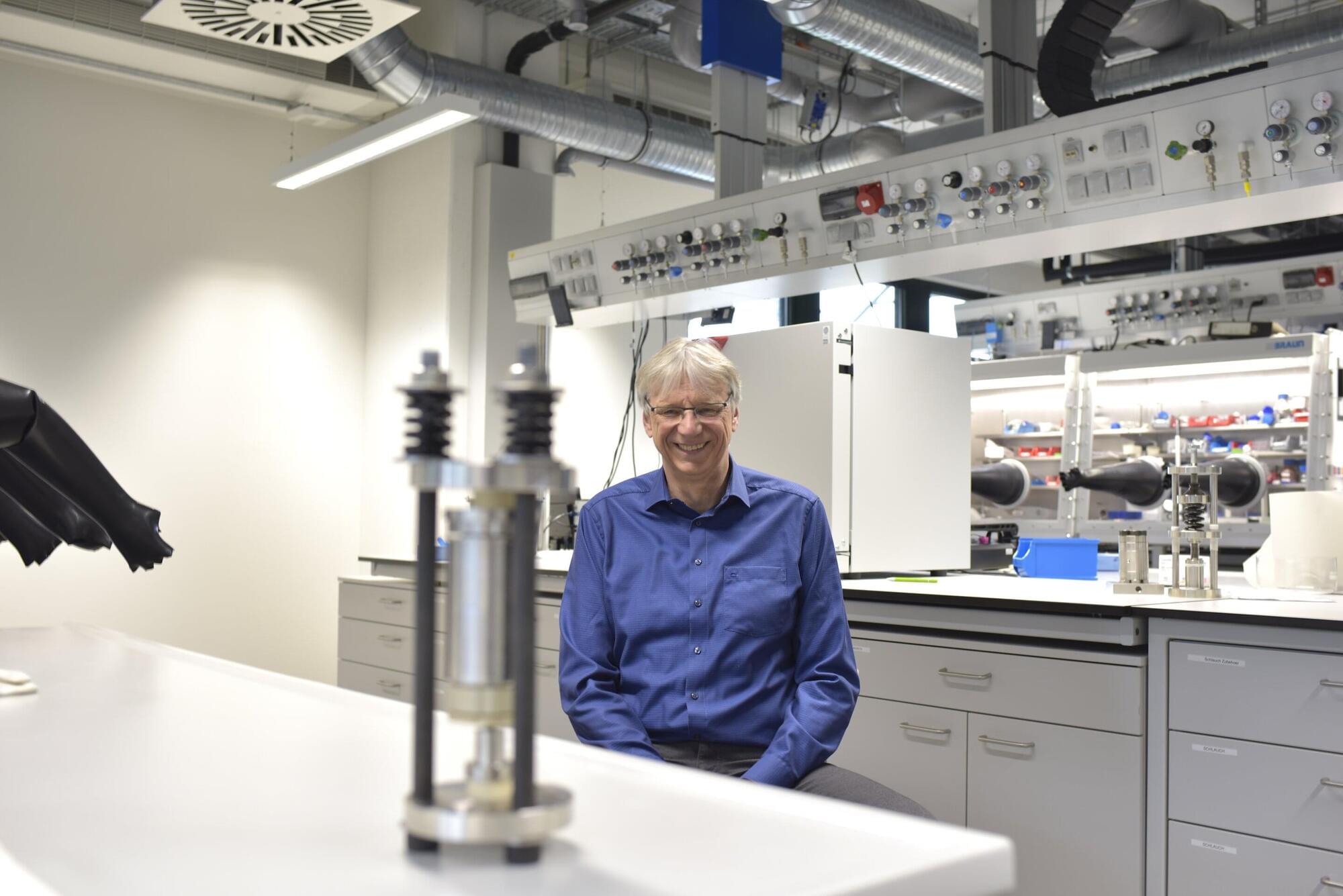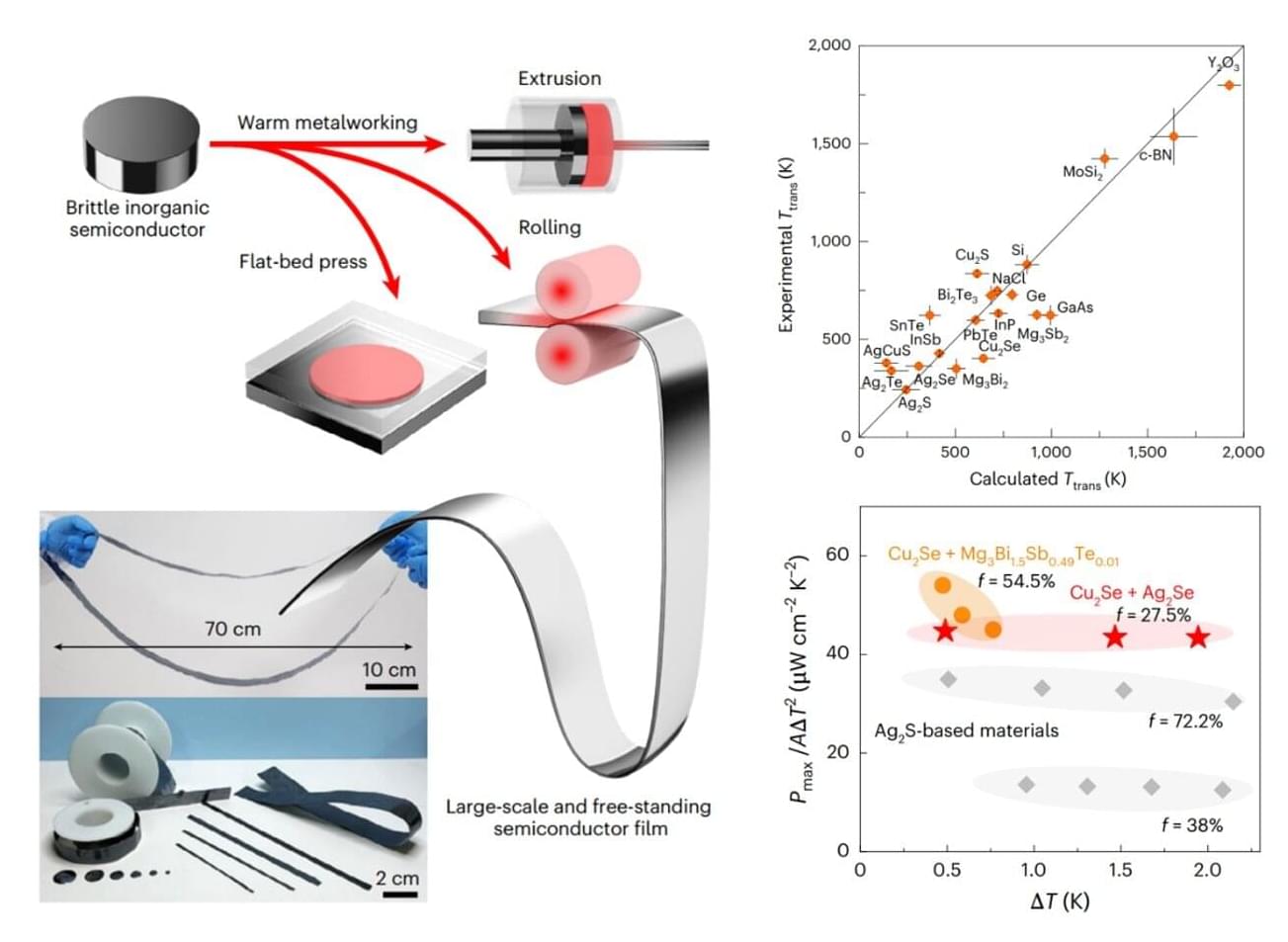Kilili, H., Padilla-Morales, B., Castillo-Morales, A. et al. Sci Rep 15, 15,087 (2025). https://doi.org/10.1038/s41598-025-98786-3


Kilili, H., Padilla-Morales, B., Castillo-Morales, A. et al. Sci Rep 15, 15,087 (2025). https://doi.org/10.1038/s41598-025-98786-3

The field of nanotechnology is still in its nascent stages, but recent innovations are increasingly making this science fiction world of tiny robots into a reality. New breakthrough research from a team at Caltech has demonstrated the ability of a robot made of a single strand of DNA to explore a molecular surface, pick up targeted molecules, and move them to another designated location.
“Just like electromechanical robots are sent off to faraway places, like Mars, we would like to send molecular robots to minuscule places where humans can’t go, such as the bloodstream,” says Lulu Qian, co-author on the paper. “Our goal was to design and build a molecular robot that could perform a sophisticated nanomechanical task: cargo sorting.”
Previous work by a variety of researchers has successfully demonstrated the creation of such DNA robots, but this is the first time they have been shown to pick up and transport specific molecules.
In this profound and thought-provoking clip from the Quantum Convergence documentary, tech pioneer and physicist Federico Faggin delves into his transformative experience of consciousness — the moment he felt himself as the universe observing itself. Faggin, best known for his work in developing the first microprocessor, explores the fundamental nature of consciousness, its relationship with matter, and the deeper purpose of the universe.
🌐 About Quantum Convergence:
Quantum Convergence is a groundbreaking documentary that explores the intersection of science, technology, and consciousness. Featuring leading thinkers and visionaries, the film examines how our understanding of reality is evolving in the age of AI and quantum physics.
🔔 Subscribe for more transformative content:
📍 Stay updated with more clips and insights from Quantum Convergence by hitting the notification bell.
👍 Like, share, and comment if you believe in the power of consciousness.
#QuantumConvergence #Consciousness #FedericoFaggin #AI #Philosophy #Science #QuantumPhysics.
Learn more — https://www.infinitepotential.com/


Researchers have developed two unique energy-efficient and cost-effective systems that use urea found in urine and wastewater to generate hydrogen.
The unique systems reveal pathways to economically generate “green” hydrogen, a sustainable and renewable energy source, and the potential to remediate nitrogenous waste in aquatic environments.
Typically, we generate hydrogen through the electrolysis of water where water is split into oxygen and hydrogen. It is a promising technology to help solve the global energy crisis, but the process is energy intensive, which renders it cost-prohibitive when compared to extracting hydrogen from fossil fuels (gray hydrogen), itself an undesirable process because of the carbon emissions it generates.

Researchers at TUM and TUMint. Energy Research have taken a significant step towards improving solid-state batteries. They developed a new material made of lithium, antimony and scandium that conducts lithium ions more than 30% faster than any previously known material. The work is published in the journal Advanced Energy Materials.
The team led by Prof. Thomas F. Fässler from the Chair of Inorganic Chemistry with a Focus on Novel Materials partially replaced lithium in a lithium antimonide compound with the metal scandium. This creates specific gaps, so-called vacancies, in the crystal lattice of the conductor material. These gaps help the lithium ions to move more easily and faster, resulting in a new world record for ion conductivity.
Since the measured conductivity far exceeded that of existing materials, the team collaborated with the Chair of Technical Electrochemistry under Prof. Hubert Gasteiger at TUM to confirm the result.

A joint research team from Seoul National University and Harvard University has developed a next-generation swarm robot system inspired by nature—capable of movement, exploration, transport, and cooperation, all without the need for precise sensors or centralized control.
The study was led by Professor Ho-Young Kim, Dr. Kyungmin Son, and master’s student Kwanwoo Kim at SNU’s Department of Mechanical Engineering, and Professor L. Mahadevan and Dr. Kimberly Bowal at Harvard.
Their approach connects simple, active particles into chain-like structures that can carry out complex tasks without any advanced programming or artificial intelligence. The research is published in Science Advances.

Inorganic semiconductors form the backbone of modern electronics due to their excellent physical properties, including high carrier mobility, thermal stability, and well-defined energy band structures, which enable precise control over electrical conductivity. Unfortunately, their intrinsic brittleness has traditionally required the use of costly, complex processing methods like deposition and sputtering—which apply inorganic materials to rigid substrates and limit their suitability for flexible or wearable electronics.
Now, however, a recent breakthrough by researchers from the Shanghai Institute of Ceramics of the Chinese Academy of Sciences and Shanghai Jiao Tong University in the warm processing of traditionally brittle semiconductors offers tremendous potential to expand applications for inorganic semiconductors into these fields.
In their study recently published in Nature Materials, the researchers report achieving plastic warm metalworking in a range of inorganic semiconductors traditionally considered too brittle for such processing. These findings open new avenues for efficient and cost-effective semiconductor manufacturing.

A research team has developed a high-performance supercapacitor that is expected to become the next generation of energy storage devices. With details published in the journal Composites Part B: Engineering, the technology developed by the researchers overcomes the limitations of existing supercapacitors by utilizing an innovative fiber structure composed of single-walled carbon nanotubes (CNTs) and the conductive polymer polyaniline (PANI).
Compared to conventional batteries, supercapacitors offer faster charging and higher power density, with less degradation over tens of thousands of charge and discharge cycles. However, their relatively low energy density limits their use over long periods of time, which has limited their use in practical applications such as electric vehicles and drones.
Researchers led by Dr. Bon-Cheol Ku and Dr. Seo Gyun Kim of the Carbon Composite Materials Research Center at the Korea Institute of Science and Technology (KIST) and Professor Yuanzhe Piao of Seoul National University (SNU), uniformly chemically bonded single-walled carbon nanotubes (CNTs), which are highly conductive, with polyaniline (PANI), which is processable and inexpensive, at the nanoscale.

In the absence of air, microorganisms produce hydrogen using an enzyme called [FeFe]-hydrogenase, one of the most efficient hydrogen-producing biocatalysts known and a promising tool for green hydrogen energy. However, these enzymes are rapidly destroyed when exposed to air, which has so far limited their industrial use.
Now, joint efforts led by scientists from the Photobiotechnology group and the Center for Theoretical Chemistry at Ruhr University Bochum, Germany, have isolated a new type of oxygen-stable [FeFe]-hydrogenase and revealed its “tricks” for this oxygen-stability.
The results are published in the Journal of the American Chemical Society.